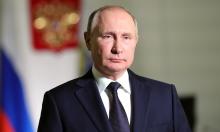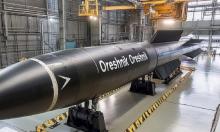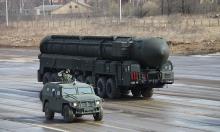Moscow Exhibition Shows Last Years of Stalin
Documents concerning XXth Century Russia and one of its leaders, that have only just been released from special vaults, have gone on display as part of the "1953. Between the past and the future" exhibition.
The exposition's organisers have set it out chronologically to reflect 12 years: from Stalin's seventieth birthday celebrations in 1949 to the official decision to remove his body from the mausoleum in 1961. The decisions of the XIX Communist Party congress, the repression of the Kremlin doctors, the final illness and death of the leader - a powerful set of developments inspiring the country - are illustrated by archive materials, including, for example, evidence from the so-called "doctors' case." Another theme is the struggle for power and attempts to reform the country. There are materials linked to Politburo members' activity, in particular Lavrenty Beria (some historians suggest that it was he who abolished the GULAG and ordered inmates' sentences to be quashed). The start of re-examinations of cases of illegally repressed citizens and mass rehabilitation campaigns are also featured. Of particular interest are draft versions of Nikita Khrushchev's famous closed-door speech at the XXth Communist Party Conference denouncing Stalin's personality of cult.
The exhibition also features some of Stalin's personal effects, and things from his governmental country house testifying to his last years there. The era's atmosphere is recreated through the presents Stalin received from foreigners and his compatriots.
The concluding subject of the exhibition is Stalin's funeral, which was recorded on film and in photographs, comments from representatives of the workers and intelligentsia and in foreign and Russian press articles. Stalin's death mask can be seen, while the radio broadcast of his funeral, which was heard all over the country, also features in the exhibition.
Subscribe to Pravda.Ru Telegram channel, Facebook, RSS!





